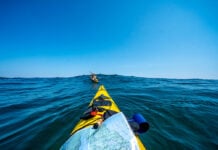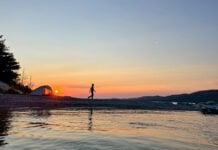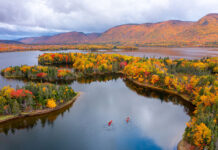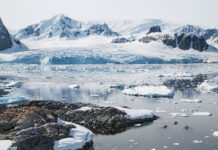My good friend Tom O’Connor first paddled into my ocean more than a decade ago. Self-help gurus often expound on the powerful effects the company you keep can have on your life, counseling disciples to ditch those friends who drag them down, and hold tight to those who lift them up. For me, kayaking has been the gateway to those naturally buoyant characters— enabling me to cultivate friendships that reinforce the things most important to me.
Fate and friendship from the seat of a kayak
I first became acquainted with Tom (whose name I’ve changed to avoid embarrassing him) through email, when I was working as the editor of this magazine and he was one of many aspiring writers sending me queries about his paddling adventures. Then, one summer I bumped into him on the water.
We were both out for solo kayak trips, and when our paths crossed and we drifted together to chat for a few minutes, it seemed like the most logical thing in the world. Of course we’d run into each other in the middle of nowhere, in kayaks, and immediately start talking as if we’d known each other all our lives.

Tom moved to the West Coast for journalism school while I was living there, so we often got together for trips. I remember a dozen rounds of cribbage scores scribbled on tattered paper in the dripping winter rain. Naturally we both thought this an acceptable way to spend a February weekend—kayaking in a temperate rainforest, test paddling a leaky demo boat in a five-meter swell, stopping to bail every half hour. Tom was reviewing a hammock that clearly wasn’t made to withstand horizontal winter rains, leaving him to wrap himself in garbage bags every night. Hilarious. We laughed about it then and we laugh about it now.
In thrall to the outdoor culture of the West, I stayed there as a long as I could and then bemoaned the circumstances that brought me back east. Meanwhile, Tom confidently concluded that the maddening city and the wet coast weren’t for him. And also that he didn’t need to finish his master’s of journalism to be a journalist.
He dropped out of studying writing to actually write—something that never occurred to me in half a decade of grad school. When they tried to offer him a fast-track way to finish the degree, just so they could have the honor of calling him an alumnus, Tom politely declined.
He happily moved back to his small northern hometown and built a successful career writing about the land of his roots, wasting no energy wishing to be elsewhere. And that was where our paths ramified in wildly different directions, although we still keep in touch by email and meet once or twice a year to go kayaking.
What would Tom do?
Tom sends emails like people used to in the ‘90s, eschewing social media in favor of proper reports on his ever-wilder adventures. He orders boatloads of books at deep discount off the Internet and updates me on what he’s been reading. All the hours I squander in city traffic, doing dishes or the family’s laundry, he must spend reading. Which might explain why, though he’s a decade younger than me, Tom so quickly surpassed me in wisdom.
Once, after I emailed him that I didn’t know how I’d forgive myself for sacrificing a great travel writing opportunity to stay with my family, he wrote: “Forgive yourself by making the most of this time with your daughter and wife. It sounds hokey, but time goes by way too fast—especially when kids are involved. Do something special with them and write about it.” This was a guy in his mid-twenties offering advice to a guy in his mid-thirties.
Tom’s life has become my compass for how to live simply and focus on the most important things. Last time I drove out to the sticks to visit him, I came home wrung with doubt about how I was spending my days and resolving to apply a What Would Tom Do (WWTD) principle to my life. He so unselfconsciously embodies the dirtbag ethic of living more richly with less stuff, not out of any sort of righteous commitment, but simply because he couldn’t imagine living any other way.
WWTD means not constantly stressing about money, because none of the things I truly love are expensive. Not feeling bad that I don’t have a fancy house with more than one bathroom, or a vacation home like some of my friends (Tom believes second homes are a waste of resources, not surprising since he spends so little time in his first one). WWTD means owning little else but a garage full of kayaks and canoes and a basement full of skis. WWTD means investing more in life experiences and close friendships than in conventional definitions of getting ahead.
If Tom were a petty person, it might have split a rift between us when I admitted that I spend upwards of $1,600 a month on groceries. At my house we sometimes treat ourselves to a $30 salmon fillet from the sustainable fishmonger and an $8 pint of handmade local ice cream, topped off with a premium microbrew or a $22-a-pound, locally roasted, single origin coffee.
Last time I stayed at Tom’s house we filled our plates with samosas and hummus he’d bought from the culinary students at the local college, adding some rice from his pantry. He pulled a few beers from the back of his fridge that somebody had given him in exchange for a favor. Then he asked, “Do you want to share a tea bag?”
Success is found in following your heart
I joke that Tom is more successful than me at living the life I always wanted. Somewhere along the way he morphed from being my friend to being something more, a touchstone to a roaming existence of wilderness adventure that I once aspired to, the dream of a successful outdoor writing career and all the freedom and excitement that implies.
Even if I can’t keep up to Tom himself, I will always keep up our friendship. His stories are an inspiration; reminding me those dreams aren’t really impossible, they just required different choices than the ones I made. Choices that for me would have been daring and radical, but for Tom came as naturally as breathing.
Waterlines columnist Tim Shuff is a former editor at Adventure Kayak and embraces both the playful and serious sides of paddling.
Paddle beside me and be my friend. | Feature photo: Ryan Creary


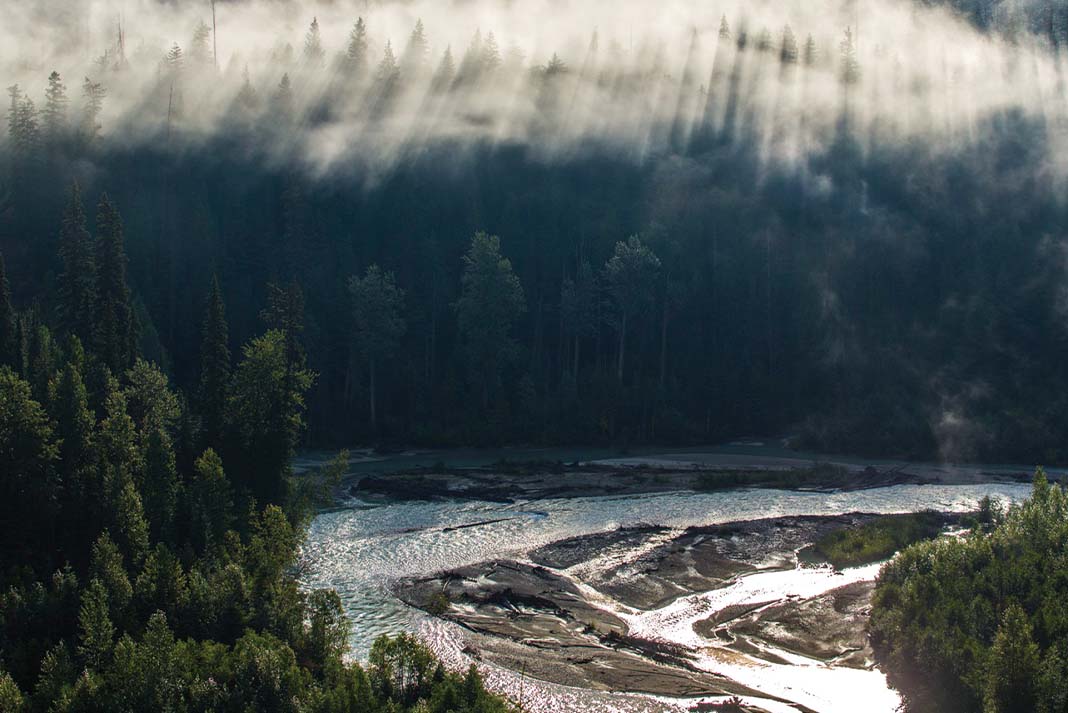
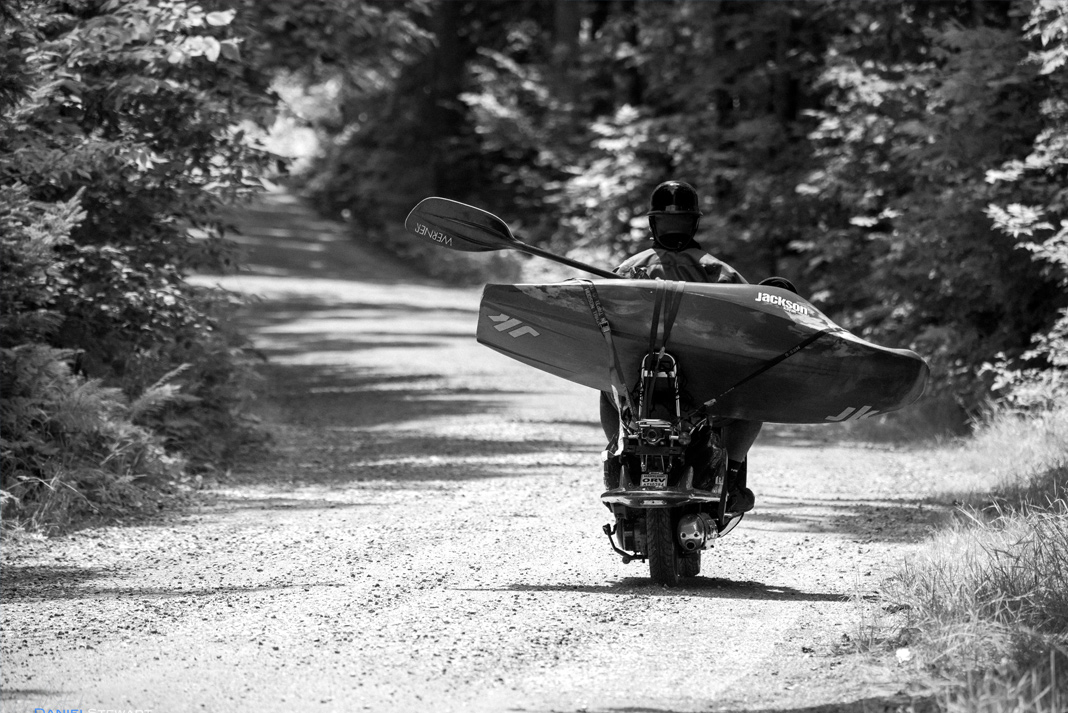
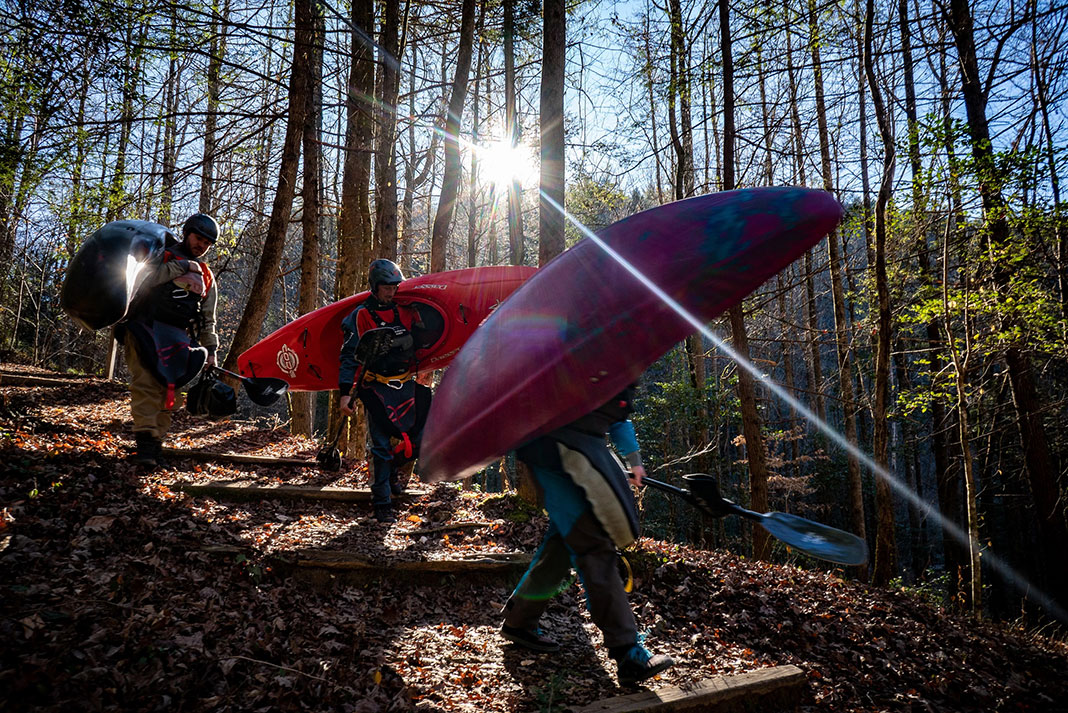
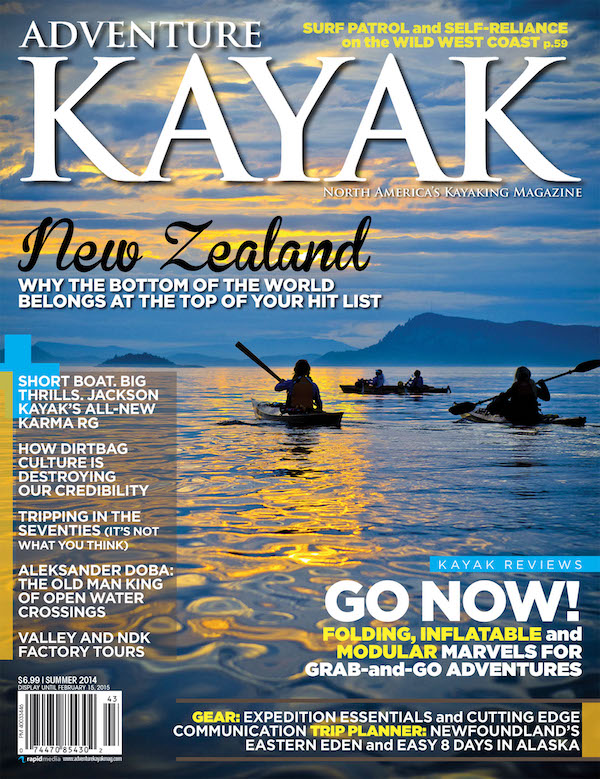 This article was first published in the Spring 2015 issue of Rapid Magazine.
This article was first published in the Spring 2015 issue of Rapid Magazine. 
